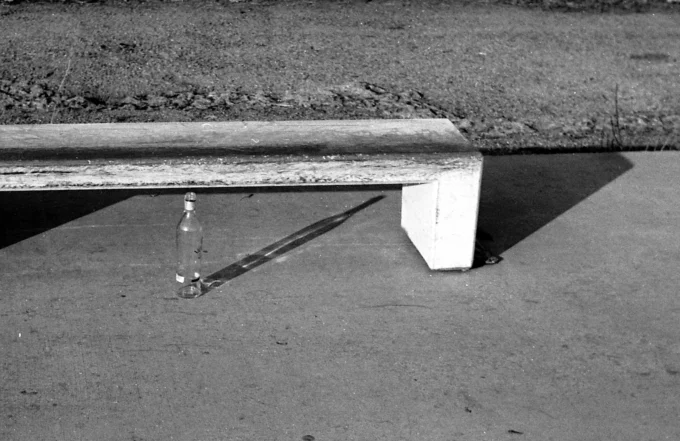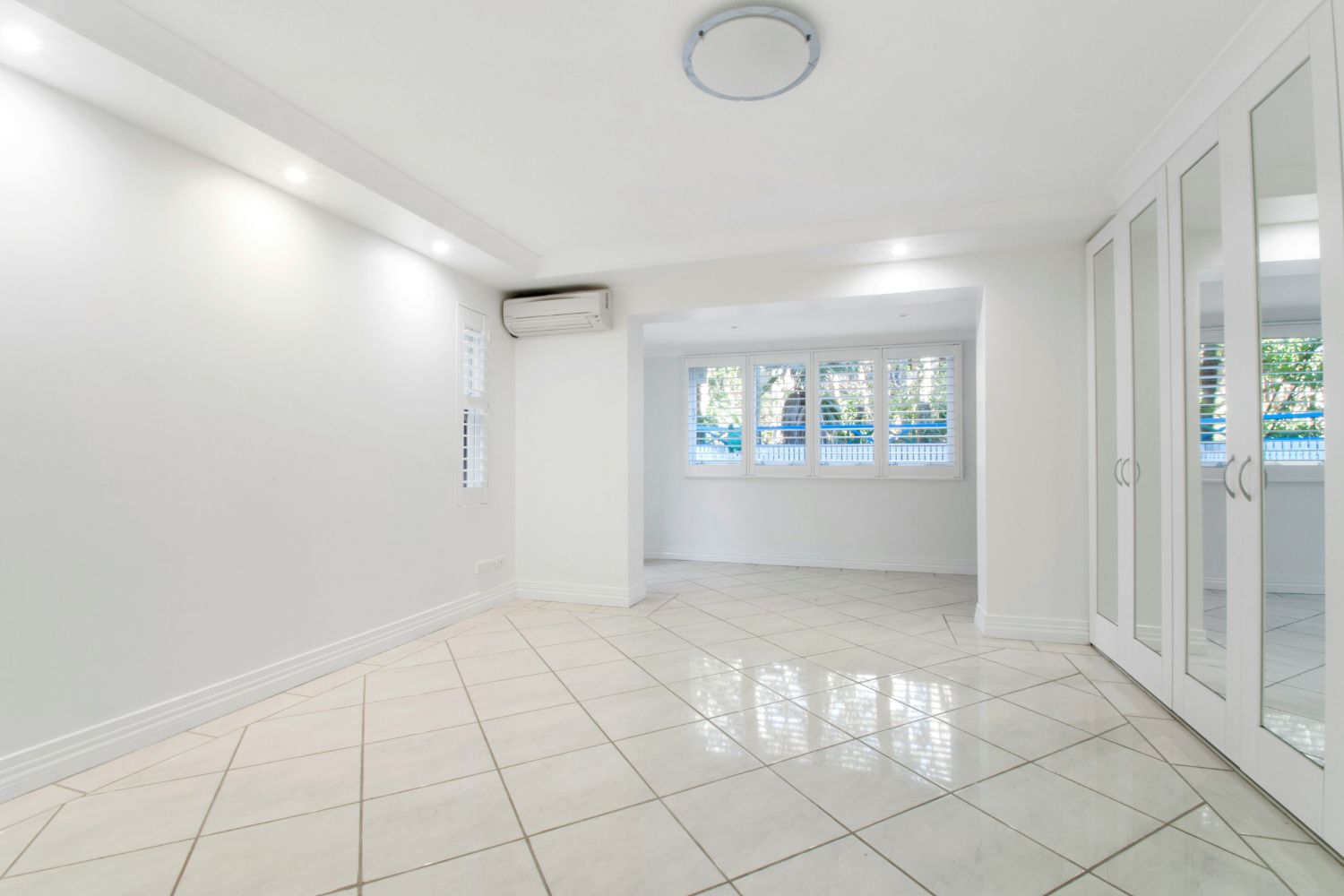- Home
- Articles
- Architectural Portfolio
- Architectral Presentation
- Inspirational Stories
- Architecture News
- Visualization
- BIM Industry
- Facade Design
- Parametric Design
- Career
- Landscape Architecture
- Construction
- Artificial Intelligence
- Sketching
- Design Softwares
- Diagrams
- Writing
- Architectural Tips
- Sustainability
- Courses
- Concept
- Technology
- History & Heritage
- Future of Architecture
- Guides & How-To
- Projects
- Interior Design
- Competitions
- Jobs
- Store
- Tools
- More
- Home
- Articles
- Architectural Portfolio
- Architectral Presentation
- Inspirational Stories
- Architecture News
- Visualization
- BIM Industry
- Facade Design
- Parametric Design
- Career
- Landscape Architecture
- Construction
- Artificial Intelligence
- Sketching
- Design Softwares
- Diagrams
- Writing
- Architectural Tips
- Sustainability
- Courses
- Concept
- Technology
- History & Heritage
- Future of Architecture
- Guides & How-To
- Projects
- Interior Design
- Competitions
- Jobs
- Store
- Tools
- More
How to Detect and Fix a Leaky Toilet: A Homeowner’s Guide

A leaky toilet might seem like a small inconvenience, but it can lead to costly water bills, floor damage, and even mold growth if ignored. Whether it’s a silent leak or an obvious pool of water at the base, catching the problem early is crucial. If you’re unsure where to start, calling a leak detection plumber in Miami can save you time and prevent further damage. But for those who prefer a hands-on approach, learning how to detect and fix a leaky toilet yourself is simpler than you might think and it could save you hundreds of dollars each year.
In this guide, we’ll walk you through how to spot a leak, what causes it, and how to fix it saving you both water and money in the process.
Table of Contents
ToggleWhy Leaky Toilets Are a Bigger Deal Than You Think
Many toilet leaks go unnoticed because they’re silent or hidden. Unlike a dripping faucet that’s easy to hear, a running or leaking toilet may only leave clues on your water bill or in the moisture around the base. On average, a leaky toilet can waste up to 200 gallons of water per day, depending on the severity of the issue.
Even small, slow leaks can cause mold growth, floor damage, or structural issues over time. That’s why learning how to detect and fix a leaky toilet isn’t just useful it’s essential.
Step 1: Detecting the Leak
1. Listen Closely
Start with the easiest clue sound. If you hear a constant hissing, trickling, or running sound coming from your toilet, it likely has an internal leak, often from the tank to the bowl.

2. The Food Coloring Test
This is a simple, foolproof method to check for internal leaks:
- Remove the toilet tank lid.
- Add a few drops of food coloring (blue or red works best) into the tank water.
- Wait about 15–20 minutes without flushing.
- Check the bowl. If you see colored water in the bowl, your flapper or flush valve is leaking.
3. Check Around the Base
If you notice water pooling around the bottom of the toilet or damp flooring, it could be a sign of a faulty wax ring or condensation issue. Smell the water if it’s clean, it’s likely from a leak, not a backup.
Step 2: Common Causes of Toilet Leaks
Understanding what’s behind the leak helps determine how to fix it. The most common culprits include:
- Worn-out flapper valve: This rubber piece controls water flow from the tank to the bowl. Over time, it can warp or decay.
- Faulty fill valve: If your toilet runs constantly, this valve might not be shutting off properly.
- Cracked tank or bowl: Rare, but a crack can slowly release water.
- Loose or corroded tank bolts: These hold the tank to the bowl and can leak over time.
- Deteriorated wax ring: This seal under the toilet prevents leaks from the base.
Step 3: How to Fix a Leaky Toilet
1. Replace a Leaky Flapper
If your food coloring test failed, the flapper is the likely issue. Here’s how to replace it:
- Turn off the water supply behind the toilet.
- Flush to empty the tank.
- Unhook the old flapper from the chain and the posts on each side.
- Install the new flapper and reconnect the chain.
- Turn the water back on and test.
Tip: Make sure the chain has a little slack. If it’s too tight, the flapper won’t close properly.
2. Adjust or Replace the Fill Valve
If your toilet keeps running or refills more often than it should:
- Turn off the water and flush the tank.
- Disconnect the fill valve from the water supply line.
- Replace the valve (available at hardware stores).
- Adjust the float height so the water stops about 1 inch below the top of the overflow tube.
Modern fill valves are easy to install and often come with detailed instructions.
3. Tighten Tank Bolts
If you notice water dripping from where the tank meets the bowl:
- Carefully tighten the bolts under the tank.
- Avoid overtightening to prevent cracking.
If tightening doesn’t help, you may need new rubber washers or tank-to-bowl gaskets.
4. Replace the Wax Ring
Water at the base of the toilet could mean a worn wax ring. This fix is a bit more involved:

- Turn off the water and empty the tank and bowl.
- Disconnect the supply line and remove the toilet bolts.
- Carefully lift the toilet and set it aside.
- Scrape off the old wax ring and replace it with a new one.
- Re-seat the toilet, align the bolts, and tighten.
Pro tip: Use a new set of bolts and washers when reinstalling for a more secure fit.
When to Call a Professional
While many toilet leaks are DIY-friendly, you should consider calling a plumber if:
- The toilet base is cracked.
- You suspect leaks in pipes inside the wall or floor.
- The leak persists despite replacing parts.
- You’re not comfortable lifting or reinstalling the toilet.
Final Thoughts
A leaky toilet may seem minor, but the water waste, potential damage, and hidden costs can quickly add up. By catching the signs early and following the steps above, you can take control of the situation and avoid more costly repairs down the road. However, if the leak persists or feels beyond your skill level, knowing how to choose the right and best plumber becomes essential to ensure quality repairs and long-term peace of mind.
Remember, most toilet leaks are caused by inexpensive parts and require only basic tools to fix. So don’t let a little leak turn into a big problem—detect it, fix it, and keep your plumbing in tip-top shape.
Submit your architectural projects
Follow these steps for submission your project. Submission FormLatest Posts
Revolutionizing Electrical Estimating with Drawer AI
In the evolving world of electrical contracting, the demand for faster, more...
5 Steps to Protecting Critical Infrastructure from Modern Cyber and Physical Threats
From energy and water networks to transportation hubs and medical facilities, modern...
Affordable Air Conditioner Repair Services Without Compromising Quality
When the temperatures rise and humidity sets in during the summer, a...
Innovations in Smart Home Architecture That Are Redefining Buyer Expectations
Smart home architecture is shifting from optional to expected. Buyers in the...












Leave a comment